
The Soay sheep is an old breed of sheep that descended from feral sheep on the small island of Soay in the St. Kilda Achipelago. They are a small short tailed breed of sheep that naturally shed their wool coat in the spring months. They are a much smaller breed than most domesticated sheep we find today but they are said to be a great prime example of what sheep used to look that inhabited the British Ilse before it was inhabited by the Romans and Norsemen.
SOAY SHEEP QUICK PROFILE OVERVIEW |
|
|---|---|
| The Soay Sheep breed maintain the look of their primitive feral ancestors and are a small compact sheep breed. | |
| Country of Origin: | Scotland |
| Other Names: | None |
| Breed Size: | Small |
| Main Purpose: | Meat and can be used for wool |
| You may Also Like: | 11 Best Sheep Breeds for Meat Production |
| Can be used for | Breed, **LSC, Meat, Wool |
| Temperament: | Alert and wary |
| Ideal Climate: | Heat, Cold, Most climates |
| Conservation Status: |
Not listed by the *ALC Status/Rarity: Rare and listed by the Rare Breeds Survival Trust |
| Health Issues? | No known health issues |
| Good Starter Sheep? | Advanced sheep farmer/keeper level |
| Sheep Associations: | Soay Sheep Breeders Cooperative and The Soay and Boreray Sheep Society |
| Sheep Clubs: | Please refer to the Soay Sheep Breeders Cooperative and The Soay and Boreray Sheep Society members/breeders directories for more information |
| Note: *ALC stands for American Livestock Conservancy ** LSC stands for Landscape Management – the animal is used for controlling various vegetation growth |
|
PHYSICAL CHARACTERISTICS |
||||||||||||||||||||||||||||||||
|---|---|---|---|---|---|---|---|---|---|---|---|---|---|---|---|---|---|---|---|---|---|---|---|---|---|---|---|---|---|---|---|---|
| They are fine boned small sheep with a small delicate face and an alert wary disposition. They have a clean face and legs with black hooves. | ||||||||||||||||||||||||||||||||
| Color(s): | Brown or black | |||||||||||||||||||||||||||||||
|
||||||||||||||||||||||||||||||||
EWE BREEDING & MILKING INFORMATION |
|
|---|---|
| The ewes breed once a year and mostly produce enough milk to wean their lambs. | |
| Breeding Period/cycle: | Usually lasts 24 to 36 hours |
| Estrous cycle: | Ave. 17 days/13 to 19 days |
| Gestation Period: | Usually, around 150 to 155 days but most gestation is 152 days |
| No. Lambs/Litter: | 1 lamb or sometimes 2 |
| Lactation Period: | Usually, around 150 to 240 day but most are milked for 180 days |
| Milking From: | 4 to 6 weeks after lambing |
| Milk Quality: | Good |
| Milk Ideal for: | Lambs |
| You may Also Like: | 10 Best Sheep Breeds for Milk |
SHEEP MEAT PRODUCTION INFORMATION |
|||||||
|---|---|---|---|---|---|---|---|
| They are raised mainly for their meat which has a wild gamey taste but is used as a gourmet meat product that can fetch a top premium rate. The meat is usually that of a hogget or mutton as lamb carcass does not get a good size. At 1 year the sheep is around 12 to 13 kgs of weight and ready for slaughter. The meat is lean, tender and low in cholesterol. | |||||||
| Meat Production: | N/A | ||||||
|
|||||||
| You may Also Like: | 11 Best Sheep Breeds for Meat Production | ||||||
SHEEP WOOL PRODUCTION INFORMATION |
||||||||||||||||
|---|---|---|---|---|---|---|---|---|---|---|---|---|---|---|---|---|
| The Soay sheep fiber is sought after in most craft industries and special hand knitting. They naturally shed their wool each year around the spring time. Because of its color and the soft textured fleece type and the rarity of the wool it is sought after by most hand spinners and weavers. | ||||||||||||||||
| Wool Production? | Yes, Quality: Fine to coarse fiber with a Bradford count of 44 to 50 | |||||||||||||||
| Wool is used to Produce: | Crafts, hand spinning and weaving. | |||||||||||||||
|
||||||||||||||||
| You may Also Like: | 18 Best Wool Producing Sheep Breeds | |||||||||||||||
SHEEP SKIN PRODUCTION INFORMATION |
|||||||
|---|---|---|---|---|---|---|---|
| They are not primarily bred for their sheep skin production. Although their skin is or has at some time been used for the production of some form of sheep skin product such as chamois, etc. | |||||||
| Skin Production? | N/A | ||||||
| Skin is used to Produce: | Kid skin leather products such as shoes, car seats, fine leather coats, gloves, etc. Chamois cloths, leather goods such as seats, shoes and other garments and leather materials such as furniture, etc. |
||||||
|
|||||||
GOOD TO KNOW ABOUT THE ROMNEY SHEEP |
|
|---|---|
| A few more interesting facts to know about the breed | |
| Child-Friendly? | They are very wary and should not be left with unsupervised children |
| Landscape Management? | They are excellent for landscape conservation especially in wood land areas. |
| Where to buy them? | Please refer to the Soay Sheep Breeders Cooperative and The Soay and Boreray Sheep Society members/breeders directories for more information |
| General Information: | The Soay sheep comes from a line of feral sheep in Scotland and are a breed of North European short tailed sheep. The island on which they were bred was 240 acres and lies about 250 kilometers from the Western Isles of Scotland. The Soay sheep shed their wool naturally each spring and do not need to be sheered. |
HISTORY
The Soay sheep breed is a very rare breed of sheep that originate from two islands off the west coast of Scotland. These Islands are extremely difficult to get to and usually are only able to get to at certain times of the year.
They are said to resemble that of their primitive ancestors of the Bronze Age and believed to be direct descendants from the first domesticated sheep breed.
They are a hardy, shy, disease resistant, highly adaptable and able to withstand some of the harshest of climates and environments.
They do no have a great flock instincts to herding with dogs just scatters and stresses out the flock. Their lambs mature late and tend to produce a carcass that is to small for production purposes.
USEFUL LINKS
- United States Lamb Resource Center
- American Sheep Industry Association
- American Sheep Industry Association List of Breed Associations & Standards
- American Milk Sheep Association
- Dairy Sheep Association of North America
- American Wool Council
- Fur Commission USA
- North American Meat Institute
- American Lamb Board
- National Lamb Feeders Association
- American Livestock Conservancy
- Animal Shelter (ASPCA)
- American Veterinary Medical Association
- American Animal Welfare Society
- American Animal Control
- American Animal Husbandry Society
- United States Department of Agriculture
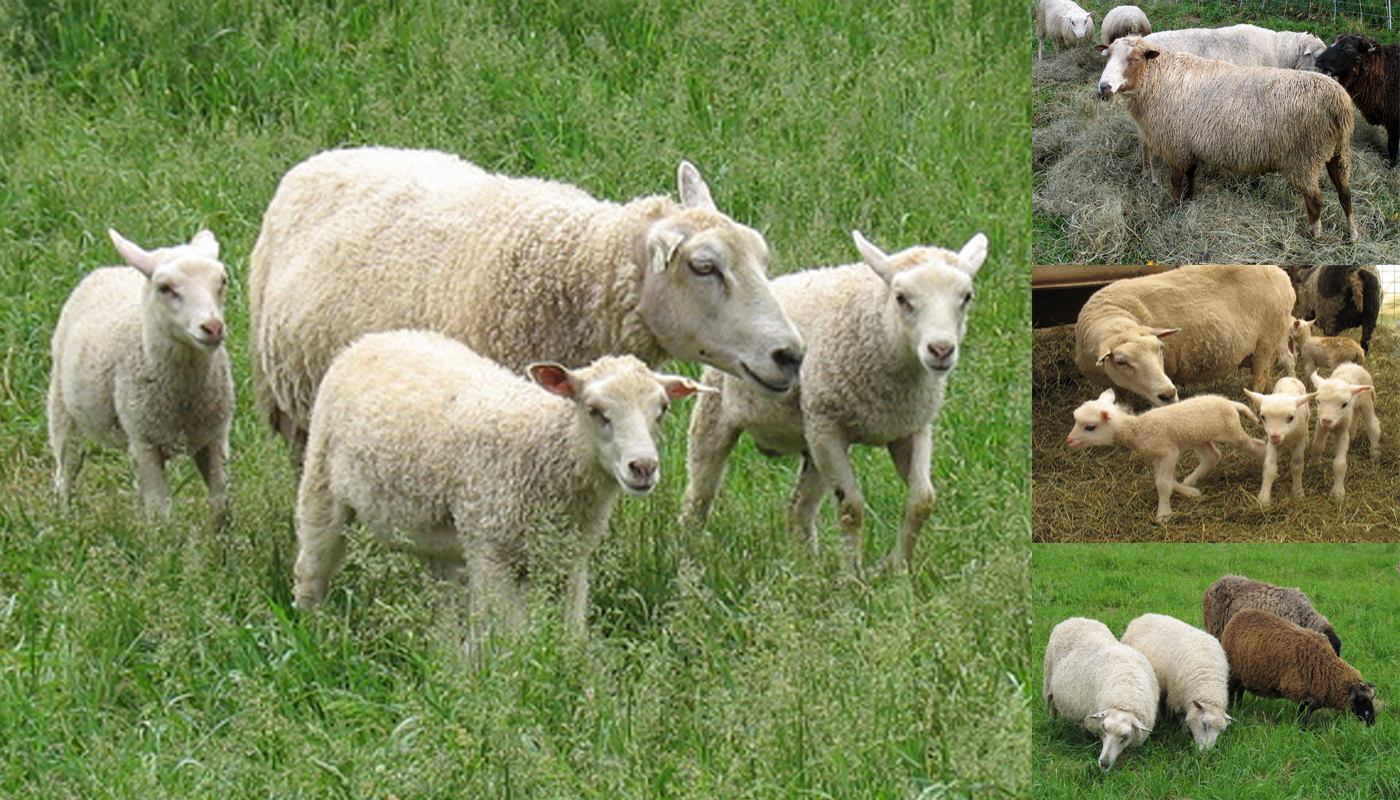 Finnsheep Sheep Breed – Everything You Need to Know
Finnsheep Sheep Breed – Everything You Need to Know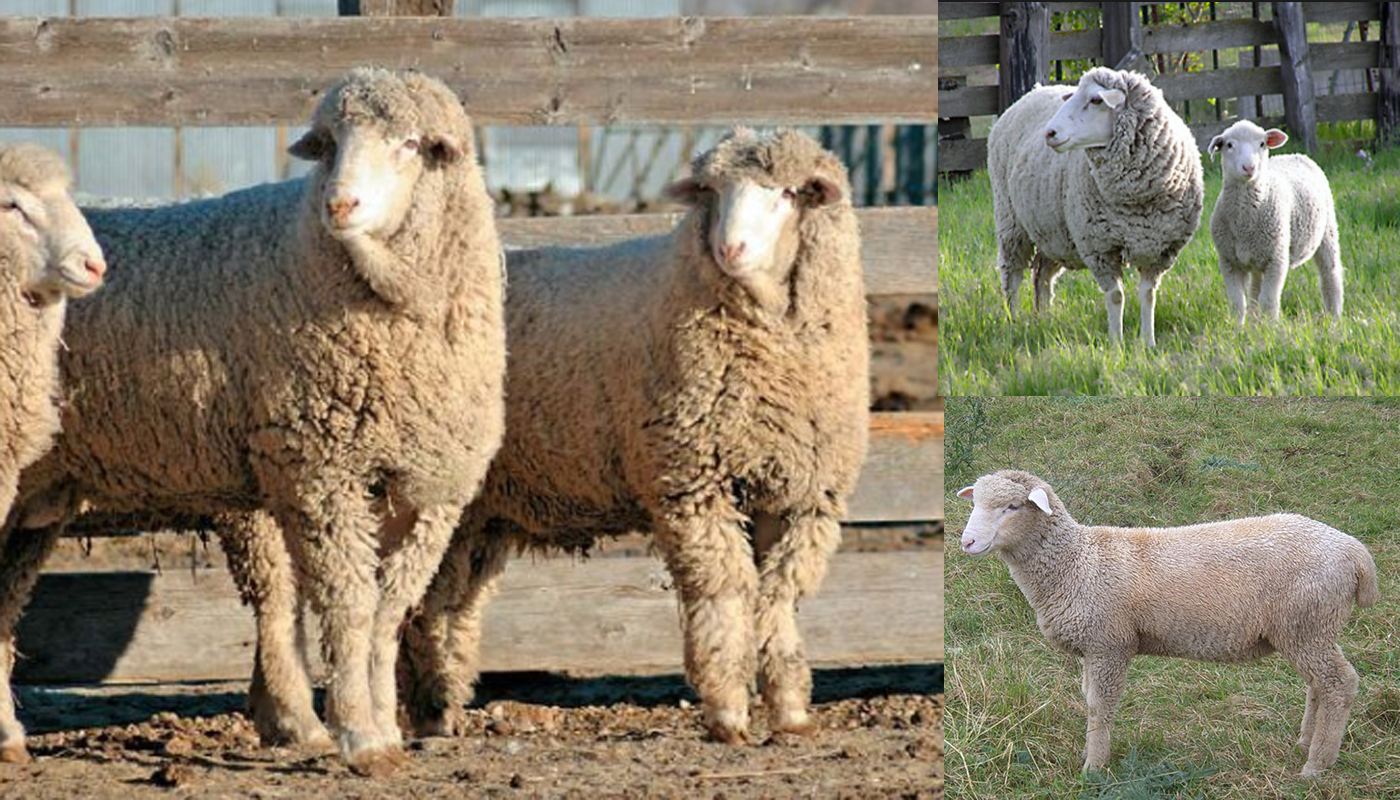 Columbia Sheep Breed – Everything You Need to Know
Columbia Sheep Breed – Everything You Need to Know Top 20 Best Native British Sheep Breeds
Top 20 Best Native British Sheep Breeds Corriedale Sheep Breed – Everything You Need to Know
Corriedale Sheep Breed – Everything You Need to Know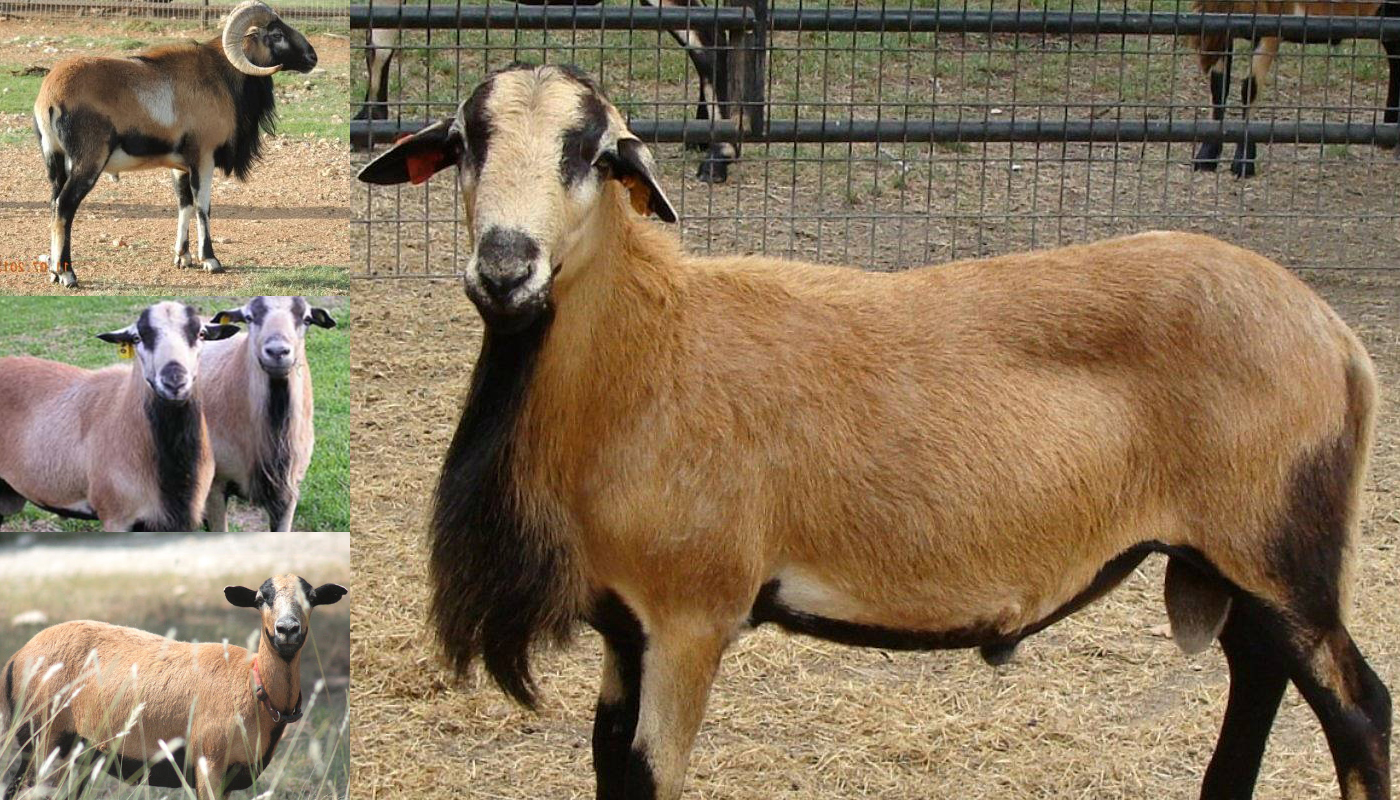 Barbados Black Belly Sheep Breed – Everything You Need to Know
Barbados Black Belly Sheep Breed – Everything You Need to Know Herdwick Sheep Breed – Everything You Need to Know
Herdwick Sheep Breed – Everything You Need to Know East Friesian Sheep Breed – Everything You Need to Know
East Friesian Sheep Breed – Everything You Need to Know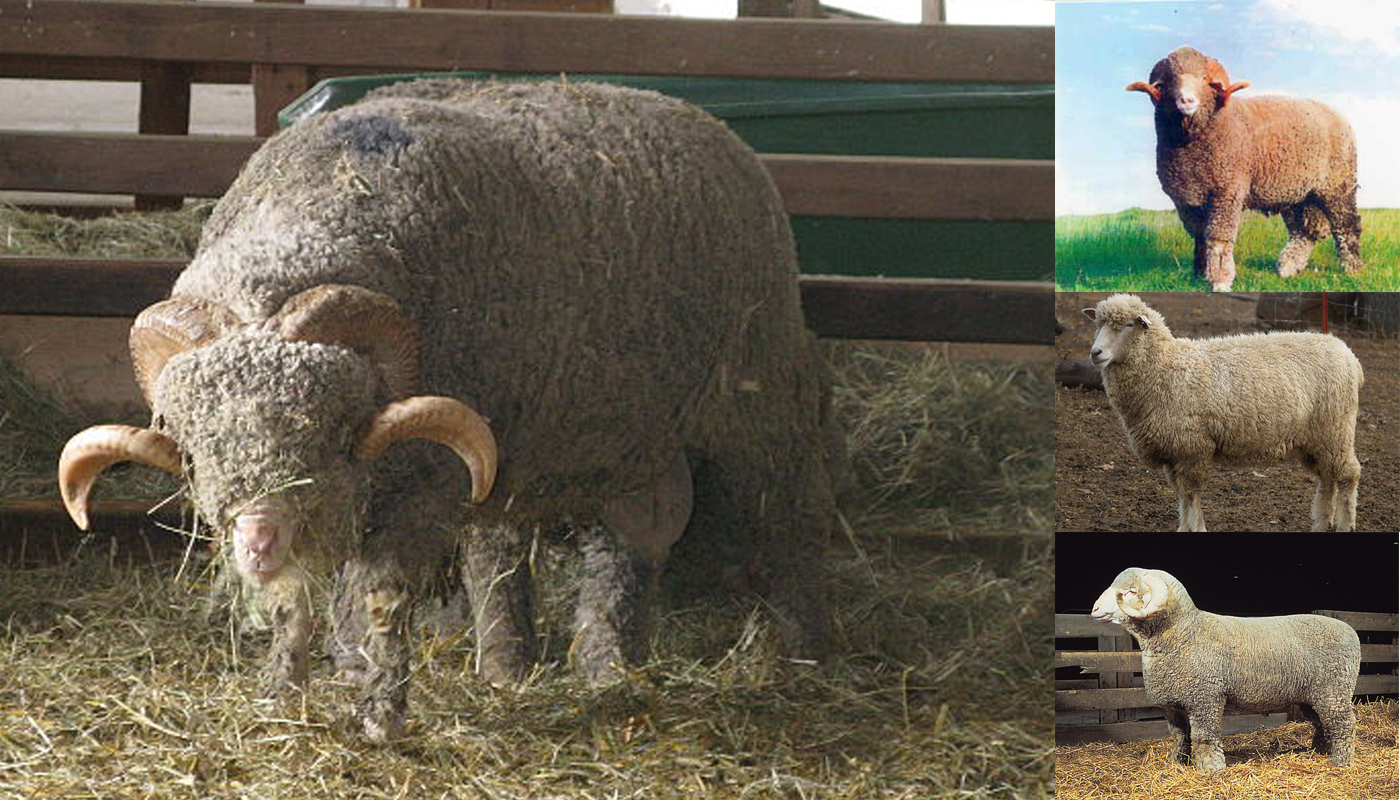 Rambouillet Sheep Breed – Everything You Need to Know
Rambouillet Sheep Breed – Everything You Need to Know Dorset Down Sheep Breed – Everything You Need to Know
Dorset Down Sheep Breed – Everything You Need to Know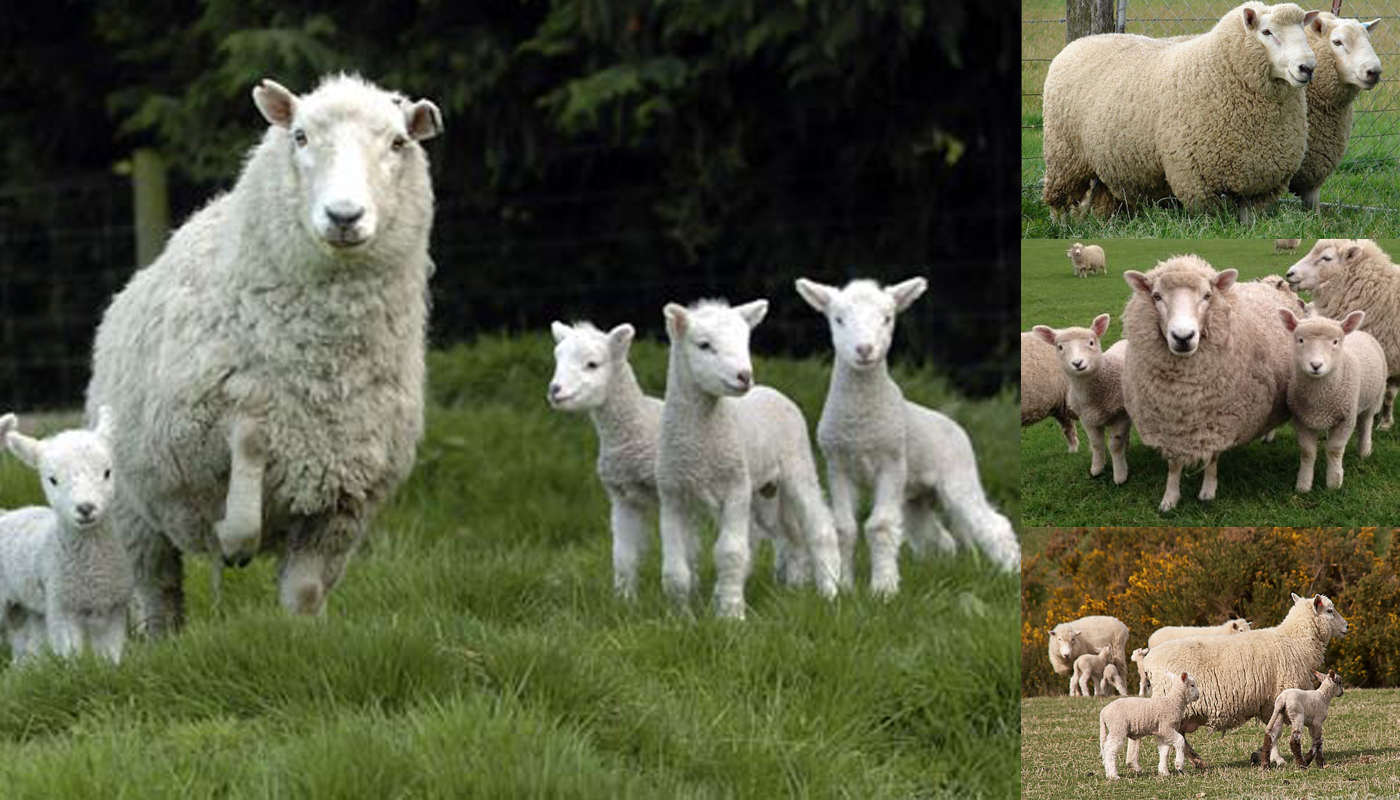 Perendale Sheep Breed – Everything You Need to Know
Perendale Sheep Breed – Everything You Need to Know Charollais Sheep Breed – Everything You Need to Know
Charollais Sheep Breed – Everything You Need to Know Navajo-Churro Sheep Breed – Everything You Need to Know
Navajo-Churro Sheep Breed – Everything You Need to Know